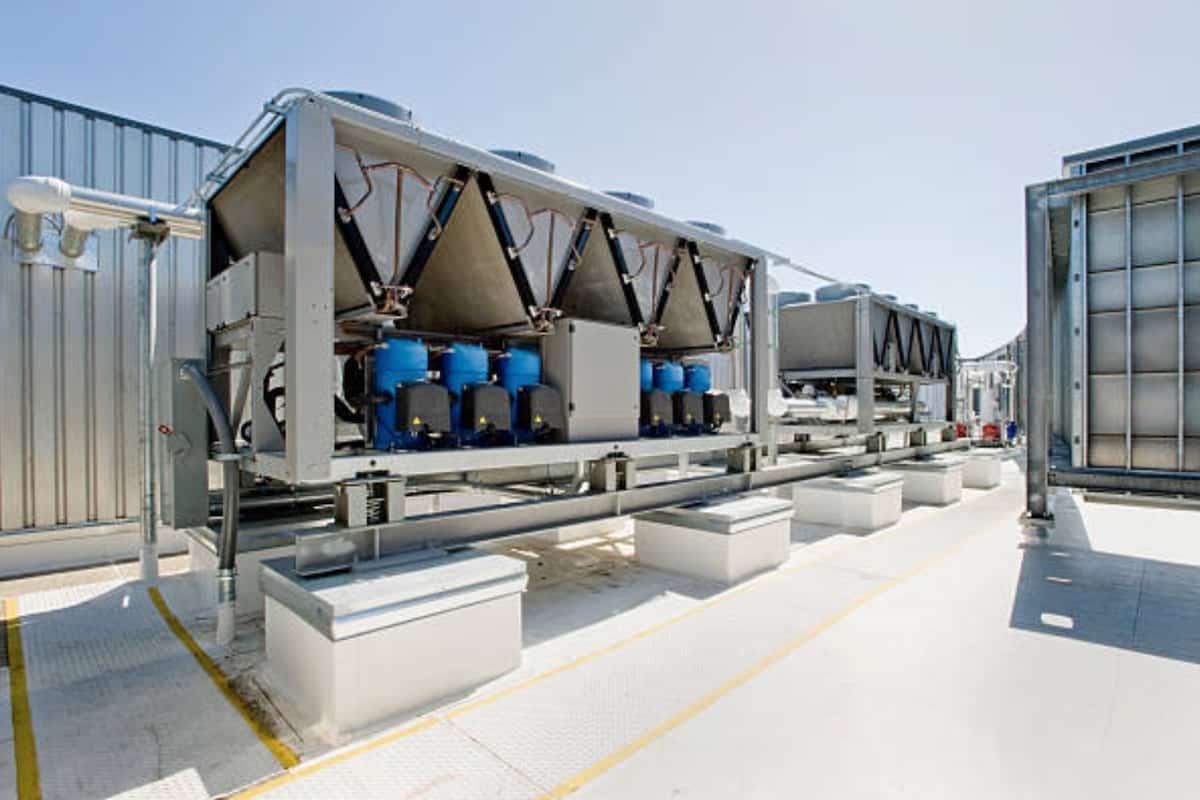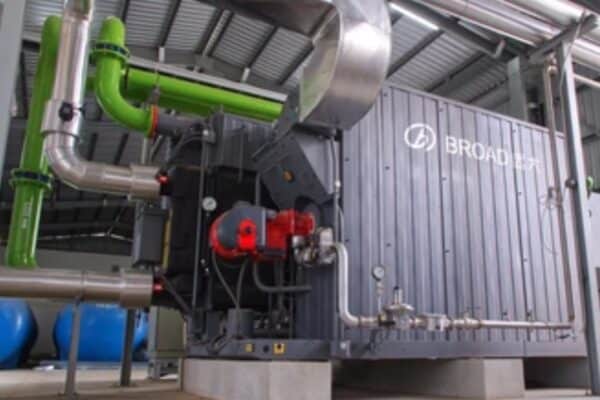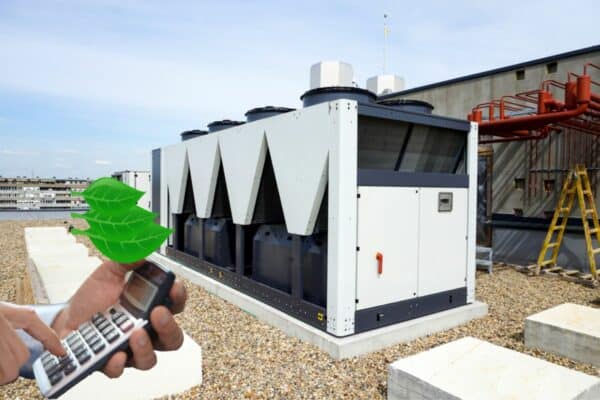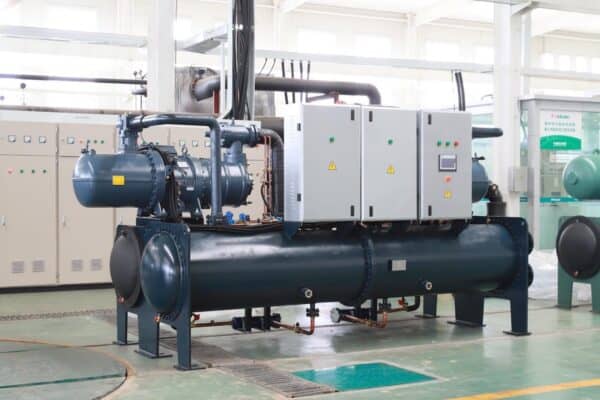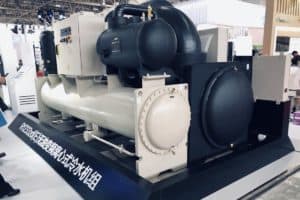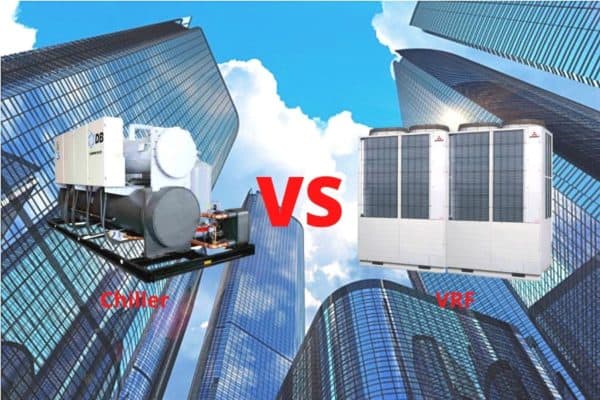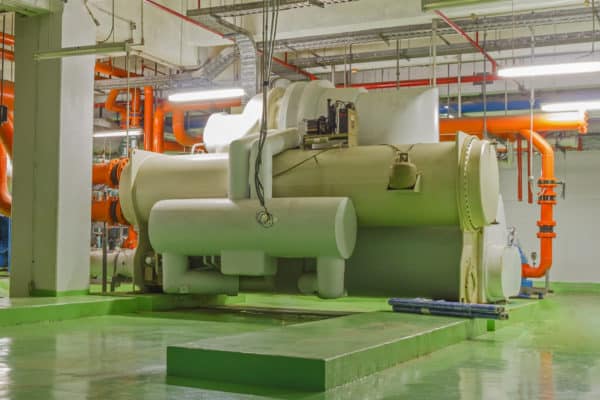What is Chiller Approach?
If you’re just getting started on the chilled water system, you might have heard of chiller approach, evaporator approach or condenser approach. But, what are they? What is the chiller approach?
Chiller approach is the temperature difference between the water and the refrigerant. The temperature difference between the chilled supply water and the evaporating refrigerant is called evaporator approach. The temperature difference between the condenser water supply and the condensing refrigerant is called condenser approach.
Furthermore, chiller, as well as cooling tower approach temperatures, are calculated based on the following formulas:
- Chiller evaporator approach = Chilled water supply temperature – evaporating refrigerant temperature
- Chiller condenser approach = Condensing refrigerant temperature – condenser water supply temperature
- Cooling tower approach = Ambient wet bulb temperature – condenser water return temperature
Getting to know what is chiller approach gives you a good foundation to start with. Now, you’ll need to know what approach temperature is considered normal.
If you are not entirely sure about what is the chilled water system and how it works, I suggest you check out my post about chilled water system components.
What is the Normal Chiller Evaporator Approach?
Chiller evaporator is responsible for chilled water supply and return. Inside the evaporator, the refrigerant absorbs heat from the chilled water thereby cooling the chilled water and evaporating itself.
Chilled water supply is the water leaving the chiller and entering the AHUs/FCUs. Chilled water return is the water leaving the AHUs/FCUs and entering the chiller.
The normal chiller evaporator approach is below 1°C (1.8°F) for new chillers. Hence, if the chilled water supply temperature is 6.7°C (44°F), the evaporating refrigerant temperature is around 6°C (42.8°F).
Usually, chillers have built-in refrigerant temperature sensors which operators can check the evaporating refrigerant temperature.
At the same time, chilled water piping has temperature sensors/gauges on the chilled water pipe. Hence, you can compare the difference between the two sensors to obtain the approach temperature.
Nevertheless, after a few years, the chiller evaporator gradually becomes dirty, resulting in the increase of the chiller evaporator approach to above 1°C (1.8°F).
Thus, the chiller compressor needs to work harder to produce a lower temperature refrigerant in order to maintain the chilled water supply temperature.
When the chiller compressor is working harder, it consumes more power. That’s why high approach temperature will result in poor chiller performance.
On a side note, if you want to quickly learn about chilled water system, you can get my Chilled Water System (eBook). If you’re into design, you can enroll in my Chilled Water System Design Course where I teach you various design procedures with tons of examples.
Chilled Water System Design Course
Learn how to design a chilled water system with AHU/FCU selection, chiller sizing, cooling tower sizing, pump sizing, piping design, ductwork design and more.
What is the Normal Chiller Condenser Approach?
Chiller condenser is responsible for condenser water supply and return. Inside the condenser, the condenser water absorbs heat from the refrigerant thereby condensing the refrigerant and warming up itself.
Condenser water supply is the water leaving the chiller and entering the cooling tower. Condenser water return is the water leaving the cooling tower and entering the chiller.
The normal chiller condenser approach is below 4°C (7.2°F) for new chillers. Hence, if the condenser water supply temperature is 38°C (100.4°F), the condensing refrigerant temperature is around 41.7°C (107°F).
The chiller condenser gets dirty much quicker than the chiller evaporator because it is an open piping system. Thus, it is very common that the chiller condenser approach raises above 4°C (7.2°F), causing poor chiller performance and high power consumption issues.
What is Cooling Tower Approach?
Cooling towers serve to remove the heat from the condenser water through surrounding ambient air to allow the condenser water to regain the capacity to absorb heat at the chiller condenser.
“Cooling tower performance depends on the ambient wet bulb temperature, not the dry bulb temperature.”
Cooling tower approach is the difference between the condenser water return temperature and the ambient wet bulb temperature. Usually, cooling tower approach is designed at below 2.8°C (5°F). Hence, if the ambient wet bulb temperature is around 27.8°C (82°F), the condenser water return temperature is around 30°C (86°F).
Chiller Efficiency vs Approach Temperature
We can monitor and use chiller approach temperatures to determine if the chiller is well-maintained. Generally, we want to keep the approach temperatures as low as possible.
However, chiller approach does gradually increase over the years and it is completely normal.
The higher the approach temperature, the lower the chiller efficiency. Inefficient heat transfer causes high approach temperature which results in poor chiller efficiency and performance.
Servicing chillers regularly can help to reduce chiller approach thereby reducing chiller power consumption.
For more information on the application of chiller approach temperatures, see my post on chilled water temperature affects on chiller performance.
Once again, you can get my Chilled Water System (eBook) to quickly learn more about chilled water system. But, if you want to learn how to design a chilled water system from start to end, I encourage you check out my Chilled Water System Design Course.
Chilled Water System Design Course
Learn how to design a chilled water system with AHU/FCU selection, chiller sizing, cooling tower sizing, pump sizing, piping design, ductwork design and more.
If you have anything to add (or ask) about this topic, leave a comment down below!


